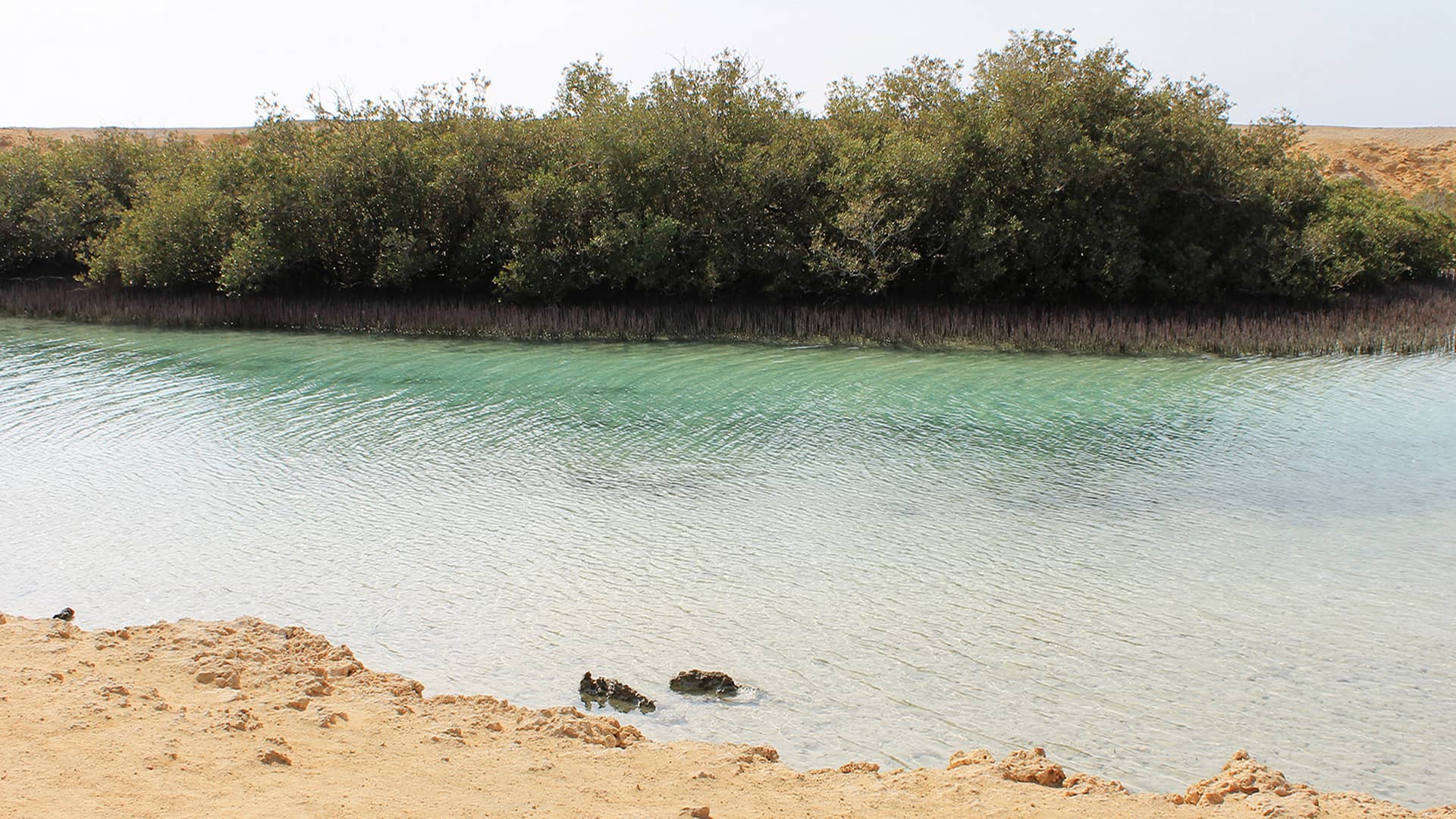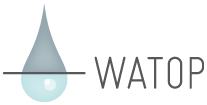Case study: New tertiary waste water treatment for organic micro-pollutants PPCPs (Pharmaceutical and Personal Care Products)
project information
The WATOP project is to develop a semi-industrial pilot plant to demonstrate a new purification system for removal of PPCPs from wastewater. The project aims to show that a membrane filled with innovative nano-resins of cross-linked cadmium (CD) and sodium polyacrylate (PAA) will remove PPCPs and other pollutants from water in a highly effective and efficient way.description
The actions that have been planned in order to achieve the project objectives, accomplishing in a demonstrative pilot plant for removing pollutant compounds of PPCPs from wastewater with optimal results, are summarized as follows:i. Definition of technical requirements for the purification equipment to install in the WWTP that manages SMSA.
ii. Development of the purification device at pilot-scale.
iii. Test and evaluation of device efficiency at pilot scale in terms of removing PPCPs and optimization of design parameters.
iv. Implementation of the demonstrative prototype on the SMSA wastewater treatment plant.
v. Performance testing at semi-industrial scale.
vi. Monitoring the impact of the project on the main target audience and on the environmental problem identified.
vii. Dissemination activities: project website, information panels, Layman Report, among others.
viii. Management and monitoring of the project progress.
ix. Audit
The main result of the project will be an active and self-regenerating purification filter composed of PAA/CDs capable of absorbing organic micro-pollutants from waste water, allowing thus achieving a new tertiary treatment both technically and economically feasible for European WWTPs. After implementation of this tertiary treatment in the treatment plant of Estella and a testing and optimizing phase, removal yields between 82 and 94% of PPCPs from waste water are expected to be achieved. The expected results of the pilot tertiary wastewater treatment process include:
- Demonstration of an active filter device capable of processing 3 000m3/day of wastewater with an energy consumption of 0.9-1.20kWh/m3 of permeated water;
- Retention of 82-94% of target compounds;
- High performance in different conditions: ptimal operating pH levels between 3 and 10 and temperature between 1 and 25ºC;
- Extended useful life of the purification unit, providing an efficient and long-term device;
- Reduction of operating pressure to below 15 bars, with an associated reduction in energy consumption per m3;
- Reduction of economic costs of the tertiary treatment to 0.20-0.12€/m3.
Policy context
WATOP project will contribute to European environmental policy for the maintenance and improvement of the aquatic environment (European Directive 2000/60/EC). The project’s results can influence the EU Water policy and decision-making by proving the viability of processing PPCPs vs the quality limits of priority substances in the field of water policy.environmental impacts
These can be summarised as:- Contaminants removal from wastewaters is boosted, thus improving the water quality.
- Improvement of the environmental protection according to the “European Directive for Water"
- Reduction of the footprint due to human activities.
socioeconomic impacts
It is well known the importance of developing new technologies for waste water treatment, in particular for emerging pollutants whose removal policy is not clearly defined yet and whose effects on human and environmental health are still being studied. The results of this project are useful to be disseminated to WWTPs, Pharmaceutical companies producing medicines which generate waste waters with pollutants and hospitals.key lessons
With the project’s performed developments, it is expected to achieve around 50% of reduction of residues in wastewater to be discharged to the rivers after purification, by means of a new process which is technical and environmentally feasible. Thus, water discharged to rivers will be cleaner and, in addition, some products which are not considered in current normatives but could be controlled in a short time could be eliminated, solving an important environmental issue.Project website
http://www.watop-life.euGeographical coverage
Beneficiaries
Beneficiaries of this case study.
Related Policies
Which EU policy requirements and EU Directives were aimed at being addressed by the project or which national and/or regional policy challenges and/or requirements aimed to be addressed?
Funding mechanism
Availability/accessibility of knowledge outputs online















